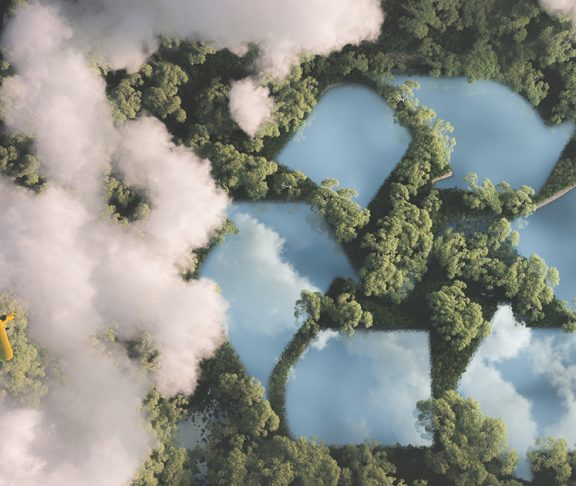
Jonathan Cocker
Partner, Baker McKenzie
A coherent and committed position on bioplastics would allow for significant investment to be made, either in the sourcing of biomass material for polymerization or alternative manufacture, or to fully deploy the needed infrastructure to deliver full-scale and product-aligned biodegradable processes.
All aboard the Ocean Plastics Charter
The federal government has consistently relied upon its leadership in the 2018 G7 summit as evidence of its leadership on plastic pollution matters. By all accounts, the initiative has been successful — growing to 26 countries and including numerous international and domestic stakeholders from across the plastics value chain. A downside of such inclusion, however, is the dilution of the Charter’s mandate, which endorses:
- Plastics reuse
- Recycling (seemingly both mechanical and chemical)
- Restrictions upon single-use plastics
- Post-consumer recycled content
- Waste-to-energy
- New innovative plastic materials and alternatives
In other words, every solution is endorsed, leaving industry and investors without a clear roadmap as to where the future of plastics lies.
Canada’s domestic plastics challenge
One of the legacies of the Ocean Plastics Charter is the G7 Plastics Innovation Challenge, which was designed to promote research and development of new and more sustainable technologies, design, or production methods by the private sector and innovators to address plastics waste in the oceans with a focus on all stages of the production and supply chain.
The G7 Plastics Innovation Challenge has, however, yet to produce any clear indication as to whether bioplastics might be endorsed by the G7, also remembering that the United States (and Japan) are currently not signatories, making a North American bioplastics strategy more difficult.
Canada, for its part, convened a Domestic Plastics Challenge and began and has begun to invest in research into converting biomass-based residues into “sustainable domestic plastic material” with the aim of improving the compostability of bioplastics.
Phase II Action Plan calls for more plastics science
The July 2020 Canadian Counsel of Ministers of the Environment Phase II Action Plan overtly relies heavily upon Canada’s Plastics Science Agenda to invest in plastics-related science and innovation along the plastics value chain to better understand the effects of plastic pollution and identify opportunities for plastics design and management for improved circularity in the economy.
But this comes after the earlier Phase I Action Plan which already mandated action — namely a circular economy for plastics through a landmark collaboration between the federal and provincial governments. The sequencing is off.
More importantly, the fits and starts in Canada’s bioplastics markets over the past decade have led to tangible uncertainty within the financial community. How can large scale bioplastics investment be made in the absence of a clear Canadian strategy?
Jonathan Cocker is a partner at Baker McKenzie, where he heads the Environmental Practice Group. He will be joining Borden Ladner Gervais’ Environmental Groupon on Oct. 1, 2020.


